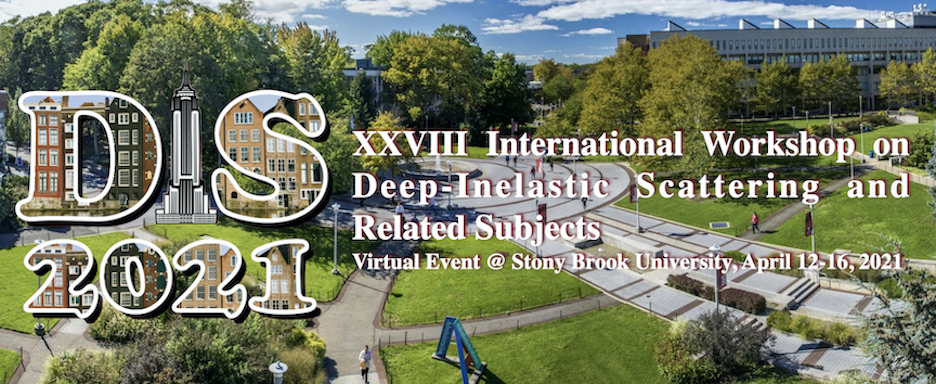Speaker
Description
In this talk we discuss different mechanisms of open-heavy flavor meson and heavy quarkonia production which contribute to inclusive and single diffractive (SD) cross-sections.
For the case of inclusive production of open heavy flavor mesons, we evaluated explicitly the contributions of the two-Pomeron and the three-Pomeron fusion. We found that the latter mechanism is significant for the D-meson production in the kinematics of small transverse momenta pT and helps to significantly improve the description of experimental data. Its role is less important at larger pT, as well as for B-mesons. Contrary to naive expectations, the contribution of the three-Pomeron mechanism has only mild effect on the multiplicity dependence of the self-normalized yields in the kinematic range studied recently by ALICE collaboration. We also analyzed the contribution of the single diffractive mechanism of the open heavy flavor mesons, and found that it constitutes 0.5–2 per cent of the inclusive cross-sections. Our theoretical results for SD production are in reasonable agreement with the available experimental data from Tevatron, and theoretical predictions in LHC kinematics indicate that the cross section is sufficiently large for experimental studies. The expected dependence on event multiplicity in this channel is significantly milder than for inclusive production.
Finally, for the quarkonia states we analyzed different production mechanisms and evaluated the expected multiplicity dependence for S-wave and P- wave quarkonia production. Using recent experimental data for J/ψ mesons from STAR and ALICE collaborations, we demonstrate that a rapidly growing multiplicity dependence presents a strong evidence in favor of multigluon fusion mechanisms of these quarkonia states. We also show that the 3-gluon fusion can correctly describe the shape of the rapidity and transverse momentum dependence, and potentially could give a sizeable contribution to produced quarkonia yields. We also make predictions for other 1S-quarkonia states, such as ψ(2S) and Υ(1S), and demonstrate that their multiplicity dependence should be close to that of J/ψ. For 1P quarkonia states (χc, χb mesons), we found that the three-pomeron contribution does not contribute at high energies, and for this reason we predict that the multiplicity dependence of such states should be significantly milder than that of 1S quarkonia. We expect that the experimental confirmation of this result could constitute an important test of our understanding of multiplicity enhancement mechanisms in the production of different quarkonia states.
We believe that the experimental confirmation of all these predictions will help us to understand better the production mechanisms of different hadrons containing charm and bottom quarks.
This presentation is partially based on our recent publications Phys.Rev.D 101 (2020) 094020, Phys.Rev.D 102 (2020) 076020, Eur.Phys.J.C 80 (2020) 560 and arXiv submission https://arxiv.org/abs/2012.08284.

